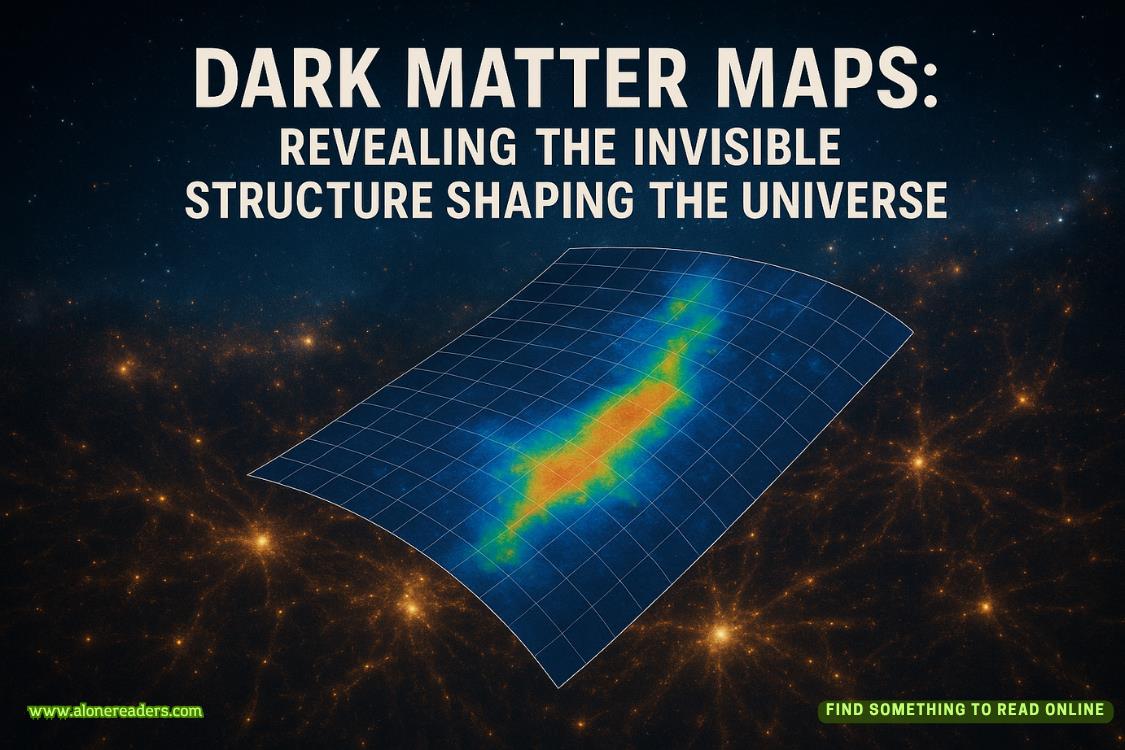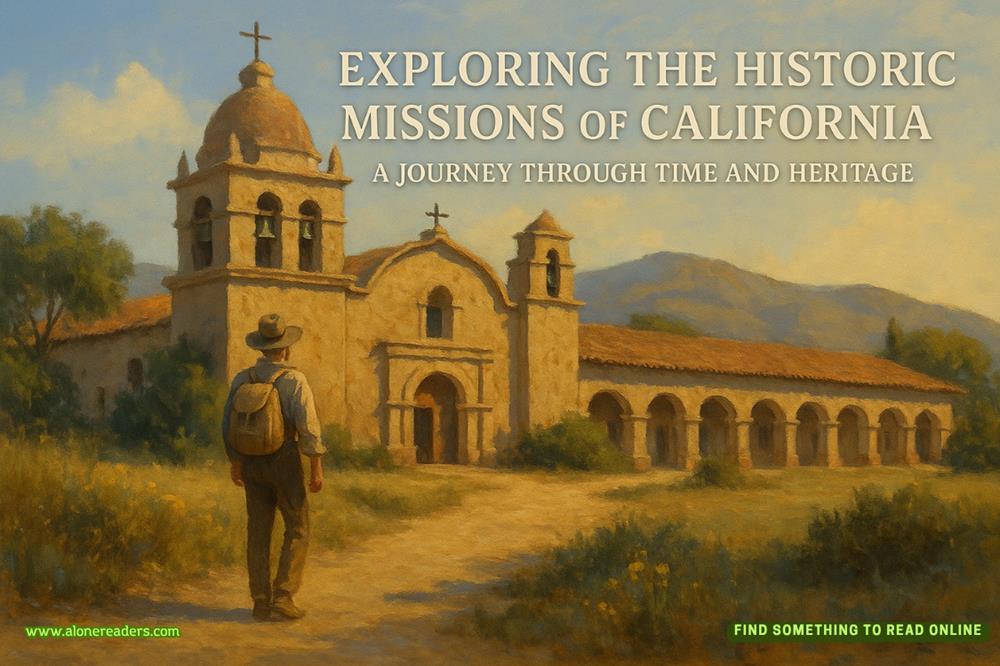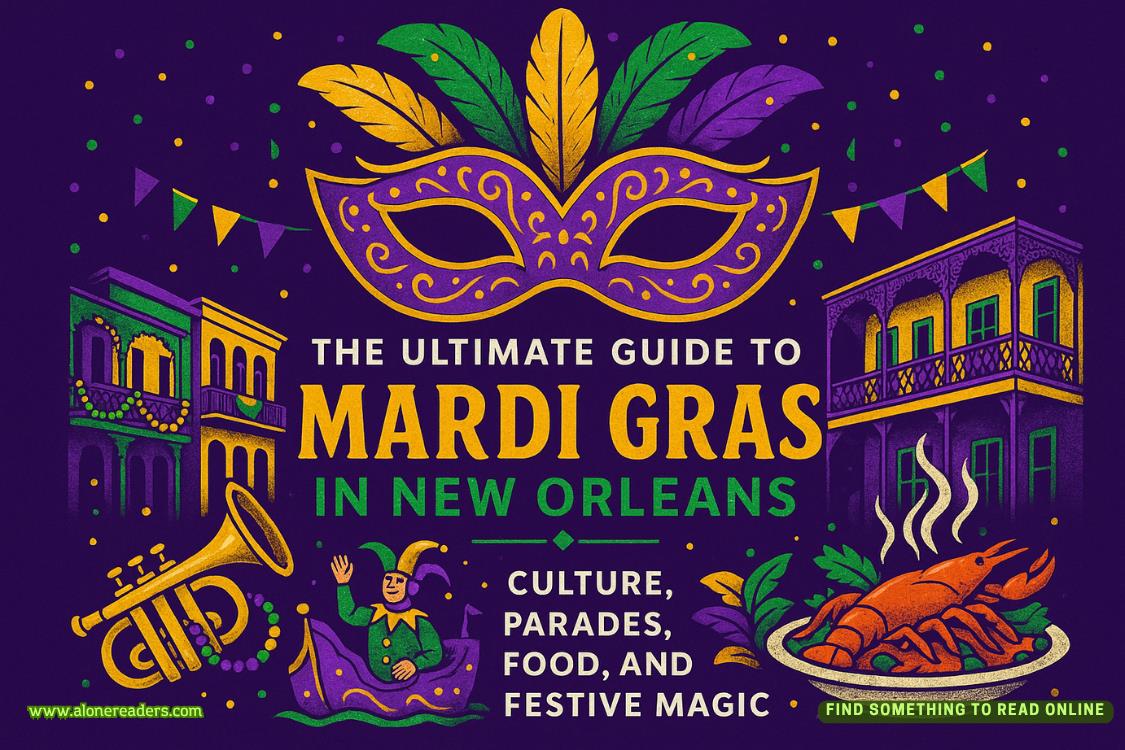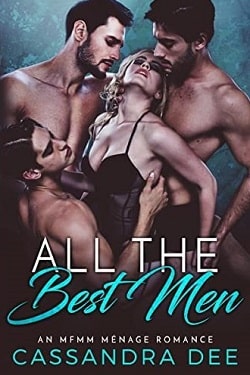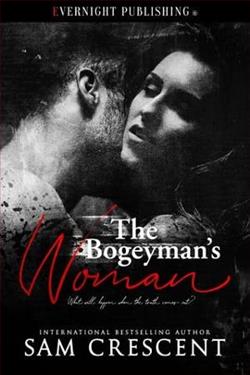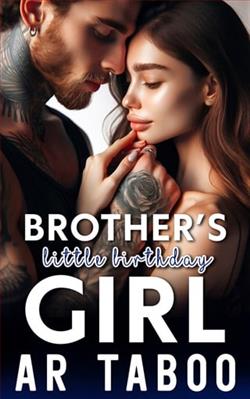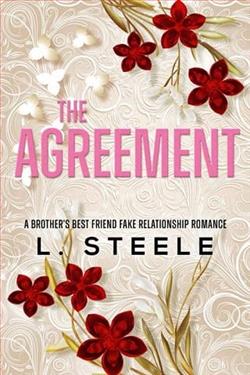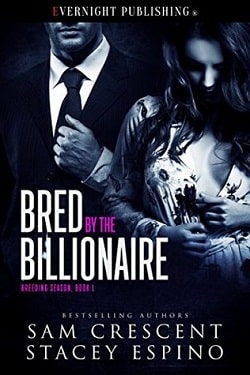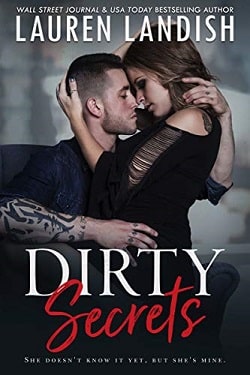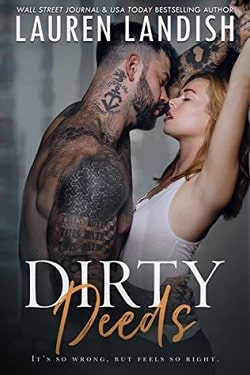Page 54 of What Happened to Lucy Vale
Rachel
It was Lucy’s idea to have a Halloween party, an open house for trick-or-treaters, neighbors, and friends with hot cider and prizes awarded for the best costumes. But the night before, she began to have doubts.
“What if nobody comes?” Lucy’s attic room had, over a month, slowly accumulated a detritus of Halloween decorations: snarls of colored lights, stacks of construction paper, even a severed hand randomly dangling next to her blow-dryer from a hook in the closet. Rachel had to sidestep an enormous trash bag of cotton fluff and several rubber spiders just to make it to Lucy’s bed.
“Of course they’ll come,” she said. “They’re already coming.” It was true. For days people had been gravitating to Lily Lane from all over to take pictures of the house.
“I don’t mean randos,” Lucy said. “I meant my friends.” Her hand fluttered to her eyelashes, and Rachel remembered at the last second to say, “Chicken tenders.”
Poor Lucy. Even before she’d met the seventeen-year-old who had promised her he loved her, that he would keep her pictures private, she’d been struggling in middle school. In sixth grade, her old friends had suddenly turned on her—an inexplicable cruelty but part of theinevitable striving for social ascendancy that Rachel remembered from her early adolescence. Lucy hadn’t had good friends,realfriends, in so long.
Rachel cleared a space on her daughter’s bed and sat down. With her hair wet from the shower, wearing an oversize T-shirt that had once belonged to Alan, Lucy looked much younger than fifteen. Like the wide-eyed, stick-legged nine-year-old who’d begged to adopt a manatee for Christmas.
“Of course they’ll come,” Rachel said. “It was Bailey’s idea, wasn’t it?”
“I didn’t mean Bailey either.” Lucy squirmed away from her mother’s hand. “Forget it.”
Rachel didn’t move. She sat there scrutinizing her daughter’s profile, the way she twisted and fidgeted in her body as if it were a costume that didn’t quite fit. On the bed, Lucy’s phone kept lighting up with messages. An endless stream of texts and group chats, memes and photos. A world inside a world inside her daughter’s head. Rachel had a sudden realization: this was about a boy. She felt a sudden clutch of dread.
“Is there anyone in particular you’re worried about?” Rachel asked.
Lucy didn’t answer for a second. Then she twisted again, casting off the dark mood and giving her mother the slender arc of a half smile.
“I’m not one of your mysteries, Mom,” she said, lilting the words into a taunt. “Don’t try and solve me.”
Seven
We
Halloween fell on a perfect Sunday in October. The sky was electric blue. The trees were burning off the last of their leaves.
By the time our parents dropped us off on Lily Lane, the street was packed with cars we didn’t recognize. At number 72, a woman puttied to a rocking chair was chain-smoking next to a jack-o’-lantern and a bowl of Halloween candy. Trick-or-treaters prowled among the houses, shaking down their residents for candy.
Most of the houses had Halloween displays in the yards. But they were nothing like the Vales’. The gabled roof pointed like an accusation to the overhang of clear blue sky. The porch was dotted with leering plastic jack-o’-lanterns. Toothy graves splintered the ground on either side of the front path. Mechanical skulls cackled at us from denuded garden beds. Black-and-orange crepe paper hissed in the trees and concealed lanterns projecting ghostly silhouettes across the windows.
We spotted a few people we knew milling around the house, including Mr. Henderson from freshman-year biology. He was sweating in a Cowardly Lion costume and huffing after three of his kids. There were plenty of children dressed as great white sharks, like there were everyyear. Even Mrs. McCullen, the school librarian, was wearing a cardboard fin and felt cowl studded with teeth.
We’d agreed to arrive just after lunch and voted unofficially against costumes, fearing somehow that we would get them wrong. But several of us broke rank. Alex Spinnaker arrived in his father’s BMW dressed as a 1970s pimp; Meeks cosplayed a character from a manga series we’d never heard of; Olivia Howard wore cat ears and whiskers painted on her cheeks.
We almost didn’t recognize Lucy, who was dressed as the ghost of Marie Antoinette. We joked that we’d been hoping for SpongeBob again, but we all agreed she looked beautiful even with a ring of fake blood around her neck. We couldn’t believe the details of her costume. She’d taken care to whiten her skin down to her fingernail beds and wore a powdered wig daubed with more fake blood at the hairline. We could hear her skirts whispering around her legs when she walked. We speculated that the dress alone must have cost hundreds.
Ever since we’d found out that Rachel Vale was a famous writer, Lucy had taken on a new sheen of notoriety. We couldn’t say whether we were the first people or the last to know about Lucy’s mom. But as soon as we found out about R.C. Barnes, the news was everywhere. Gossip about “that writer woman from up north” bloomed like an infestation of markweed across the Four Corners. To many people, a career in liberal journalism was just as bad, if not worse, than the suspicion that the Vales were practicing witches. Either way, opinion about the Vales began to coalesce into a drumbeat of consensus: the Vales were keeping secrets.
To us this only exoticized Lucy Vale, setting her apart from the other girls in school. She was as close to famous as anyone we’d ever met, except for Jack Hamlin’s older brother, Paul, who had 1.4 million YouTube subscribers. But Lucy Vale’s notoriety was different. It was deeper, more dangerous. It ran close to the Faraday mystery and sidled up to rumors that Lydia Faraday’s case would soon be reopened. It skimmed town controversy and deep politics. It dipped into podcasts.
It was about us, or against us, or for us—we still didn’t know.
Rachel Vale was dressed as a witch and distributing hot apple cider from a cauldron on a camper stove. We weren’t sure whether her choice of costume was tongue in cheek, a nod to all the rumors about her, or a tacit confession.
A crowd of children at the picnic table clamored for miniature Snickers, small bags of candy corn, and themed stickers. We edged close to the table, shooting looks at one another. We’d all agreed before the party that we needed to know whether Rachel Vale was writing about the Faradays—and if so, why? Alex Spinnaker insisted that we deserved the truth. But we felt suddenly shy in Rachel Vale’s presence and reluctant to speak with her. Instead we accepted Styrofoam cups of apple cider and joked about being dressed up as kids who hated Halloween. We took handfuls of candy corn and squinched them with our teeth.
We gathered under the apple tree almost by accident, compelled to the spot where a ghoulish figure writhed at the end of its rope, turning on cold sluices of wind. It was the first time we’d all been together since the party at Sofia Young’s house, when we’d sung Olivia Howard “Happy Birthday” and shared our first group secret: a trick we’d played on Lucy Vale.
Now it was the specter of Lydia Faraday connecting us, and an unspoken question about where she’d died. For years we’d felt the apple tree almost like a pressure, like the pull of hidden gravity working on us from our dreams.
But standing beneath the cloth body of a Party Supply ghost in the branches, we felt nothing but a curious emptiness and the bite of the wind touching our exposed skin.
We wondered why Lydia Faraday had done it. Why that day? Why that moment? Why a rope?
